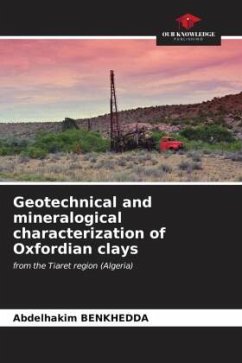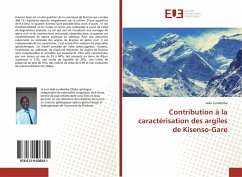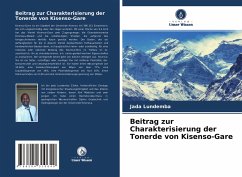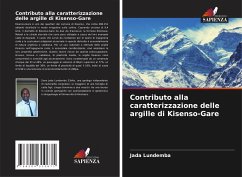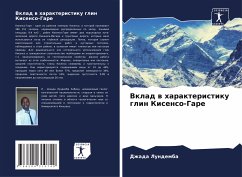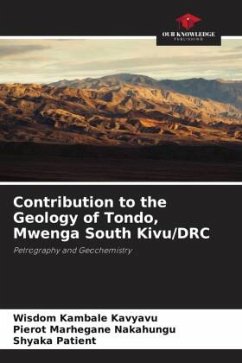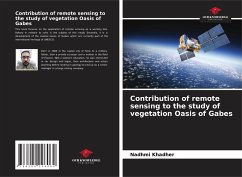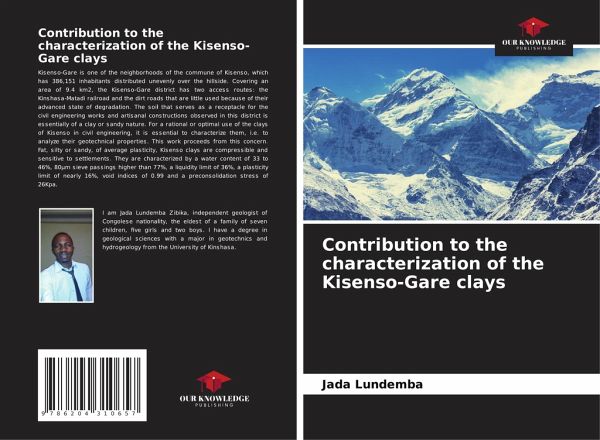
Contribution to the characterization of the Kisenso-Gare clays
Versandkostenfrei!
Versandfertig in 6-10 Tagen
27,99 €
inkl. MwSt.

PAYBACK Punkte
14 °P sammeln!
Kisenso-Gare is one of the neighborhoods of the commune of Kisenso, which has 386,151 inhabitants distributed unevenly over the hillside. Covering an area of 9.4 km2, the Kisenso-Gare district has two access routes: the Kinshasa-Matadi railroad and the dirt roads that are little used because of their advanced state of degradation. The soil that serves as a receptacle for the civil engineering works and artisanal constructions observed in this district is essentially of a clay or sandy nature. For a rational or optimal use of the clays of Kisenso in civil engineering, it is essential to charact...
Kisenso-Gare is one of the neighborhoods of the commune of Kisenso, which has 386,151 inhabitants distributed unevenly over the hillside. Covering an area of 9.4 km2, the Kisenso-Gare district has two access routes: the Kinshasa-Matadi railroad and the dirt roads that are little used because of their advanced state of degradation. The soil that serves as a receptacle for the civil engineering works and artisanal constructions observed in this district is essentially of a clay or sandy nature. For a rational or optimal use of the clays of Kisenso in civil engineering, it is essential to characterize them, i.e. to analyze their geotechnical properties. This work proceeds from this concern. Fat, silty or sandy, of average plasticity, Kisenso clays are compressible and sensitive to settlements. They are characterized by a water content of 33 to 46%, 80µm sieve passings higher than 77%, a liquidity limit of 36%, a plasticity limit of nearly 16%, void indices of 0.99 and a preconsolidation stress of 26Kpa.



